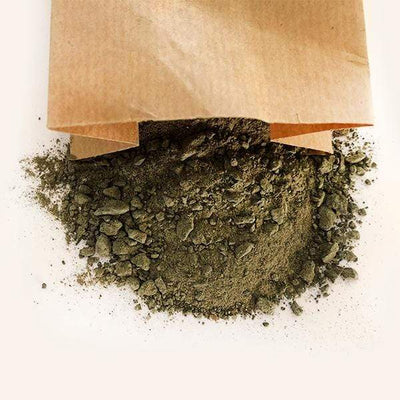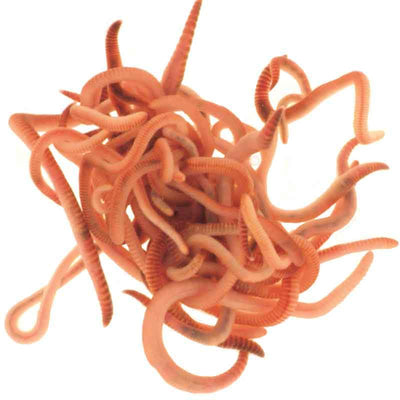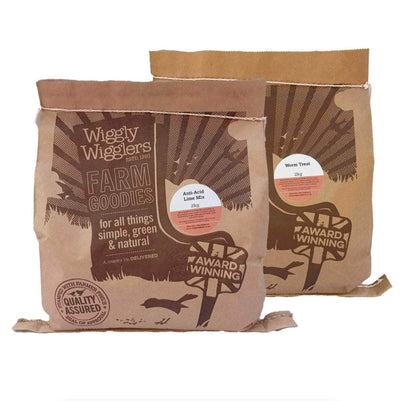Barley straw controls algae by releasing small amounts of hydrogen peroxide as it decomposes in water. This gradual release of hydrogen peroxide, a natural oxidizing agent, inhibits algae growth without harming fish, plants, or beneficial bacteria. It is most effective as a preventative measure, ideal for application before algae begin to proliferate in the warmer months.

When to Add Barley Straw
- Spring Introduction: Starting adding barley straw in early spring and summer is a good idea as temperatures start to rise, ideally before algae havea chance to grow.
- Regular Maintenance: Replace barley straw every 8-12 weeks during the warmer months and less frequently during the colder months, adapting as necessary based on the pond’s algae levels and overall health.
How Much to Use
- Small Garden Ponds (under 4 square meters, e.g., 2m x 2m): Use one small bag of straw. This should be sufficient to cover the area and remain effective for about 8-12 weeks in the summer and longer when it’s colder.
- Medium to Large Garden Ponds (approximately 18 square meters, e.g., 6m x 3m): Use one large bag of barley straw, replacing it every 8-12 weeks in warm weather.
- Very Large Garden Ponds: For expansive areas, deploy 2-3 large bags of barley straw and adjust based on observations and efficacy.
Step-by-Step Guide
Wiggly Wigglers' barley straw comes packed in hessian bags which are a really good alternative to using plastic as they allow water flow and are fully compostable. The barley straw is harvested from our sustainable, regenerative farm in Herefordshire, emphasising our commitment to environmentally friendly practices.
- Hessian Bags: Our straw is conveniently packed in biodegradable hessian bags, which help in even decomposition and are environmentally friendly compared to plastic.
- Submerge the Bags: Place the hessian bags in the pond, ensuring they are well distributed according to the pond's size. The bags should be submerged but close to the water surface to maximize exposure to oxygen, which is critical for the straw’s effective decomposition.
- Secure the Bags: Use natural weights like stones to anchor the bags. This prevents them from drifting to the shore or getting tangled with pond equipment or plants.

Monitoring and Replacement:
- Check Regularly: Inspect the condition of the barley straw bags periodically. Look for signs of significant decomposition or a noticeable reduction in efficacy, which might necessitate a replacement sooner than scheduled.
- Adjust Based on Results: Depending on your pond’s response to the barley straw treatment, adjust the amount of straw or the frequency of replacement. Larger ponds or those with persistent algae issues might require more frequent updates or additional bags.
By following this detailed guide, you can effectively manage algae growth in your pond using barley straw from Wiggly Wigglers, enhancing the ecological balance and aesthetic appeal of your garden pond while supporting sustainable agriculture practices.






